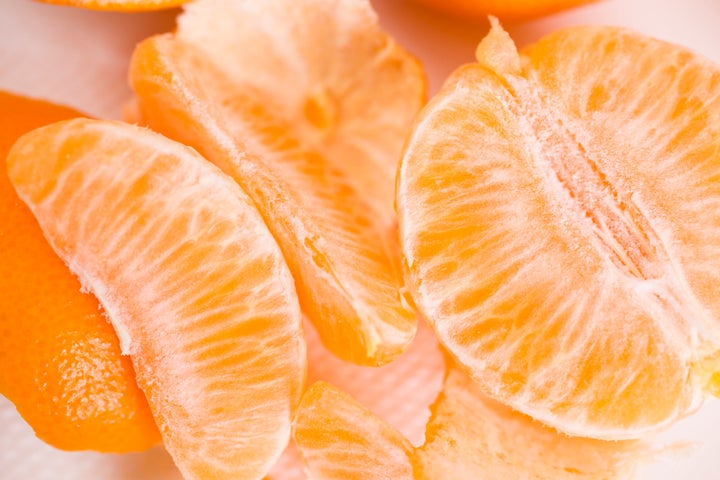A leading GP has said the Government should stop advising people to get their five-a-day because it’s demoralising to those who can’t afford to do so.
“It’s expensive to have five-a-day,” Dr Helen Stokes-Lampard, the chair of the Royal College of GPs, told The Observer.
Additionally, a study by the University of Cambridge discovered a healthy diet costs three times as much as eating junk food.
But it doesn’t have to be this way. We’ve spoken to nutritionists and researchers to find 10 simple tips for getting your five-a-day on a budget.
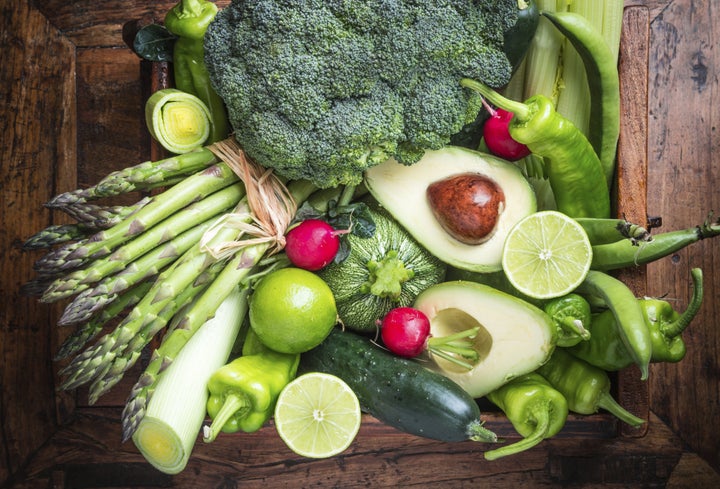
“Getting your five-a-day doesn’t have to be expensive,” nutritionist Charlotte Stirling-Reed told The Huffington Post UK.
“Often the foods that are represented in photos and recipes as contributing towards your five-a-day tend to be more expensive options such as avocado, pomegranates and other so called ‘superfoods’.
“However, Kiwi fruits, which are full of fibre and vitamin C are around 25p each. Bananas, which are great snack swaps can be as cheap as 12p each, and apples are also around 25-30p each.
“Carrots can be as little as 6p or around 45p for a kilogram. Lastly, a head of broccoli or a whole courgette is normally around 40p.”
She added: “That right there is your five-a-day (plus some leftovers for the next few days too) for around £1.13. If you shop around, you could probably also get the above for less than £1.”
Here are some other tips for keeping costs down while eating healthily:
1. Buy Wonky Veg
Wonky, or imperfect, veg is becoming a popular way to up your vegetable intake on the cheap. Last year, Asda launched a box of mixed wonky veg for £3.50 which contains seasonal vegetables and salad items including carrots, potatoes, peppers, cucumber, cabbage, leeks, parsnips and onions.
Other supermarkets that sell wonky veg include Aldi (through its Everyday Essentials range), Co-op, Morrisons, Sainsbury’s and Tesco.
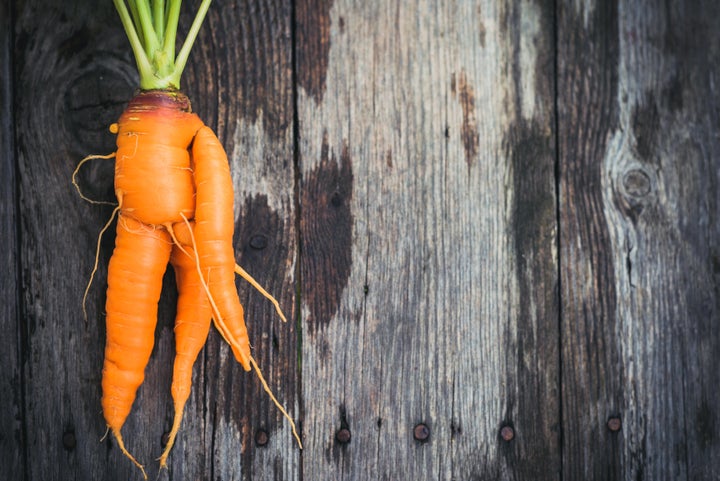
2. Try Frozen Fruit And Veg
Frozen vegetables may have a bad rap, but they are in fact packed with nutrients - and often a lot cheaper than their fresh counterparts too.
Two independent studies from 2013 found some frozen fruit and vegetables were actually healthier, with higher levels of vitamins and antioxidants, than leafy ‘fresh’ produce.
Dr Rachel Burch, from Leatherhead Food Research who conducted one of the studies, said: “We must disregard the mistaken opinion that ‘fresh’ food is always better for us than frozen food. These results demonstrate that frozen can be nutritionally comparable to ‘fresh’ produce.”
Frozen fruit and vegetables mean less food waste too, as you can use them as and when you need them - and then pop them back in the freezer without worrying about them going off within a matter of days.
To incorporate frozen goods into your daily life, try mixing frozen berries with natural yoghurt for breakfast, and steam a portion of mixed frozen veg for your lunch or dinner.

3. Shop Smart
Keep an eye on special promotions at supermarkets. Aldi, for example, runs fortnightly fruit and veg deals known as the ‘Super 6’.
From Thursday 17 November until Wednesday 30 November they will be selling the following vegetables at cheaper prices:
:: Green Beans – 59p, 220g
:: Red Onions – 59p, 1kg
:: Baby Plum Tomatoes – 59p, 275g
:: Swede – 59p each
:: Conference Pears – 59p, min 5 pack
:: Leeks – 59p, 500g
Additionally, visit the supermarket right at the end of the day when fresh fruit and vegetables are likely to be on sale.
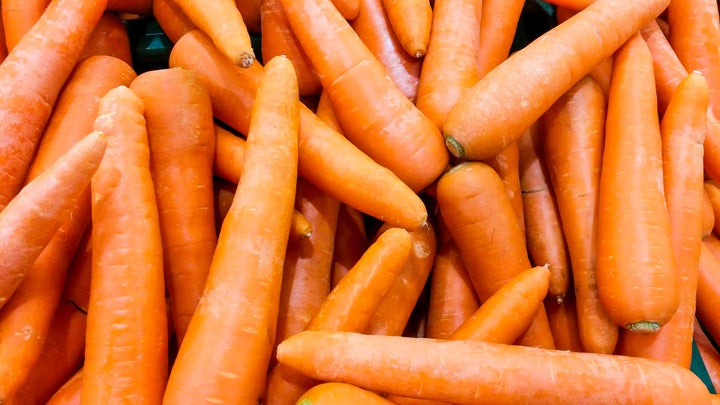
4. Buy Local
“Find a farmer’s market or a local fruit and veg shop, as a lot of the time fruit and vegetables are sold even cheaper than at supermarkets,” Charlotte Stirling-Reed advises.
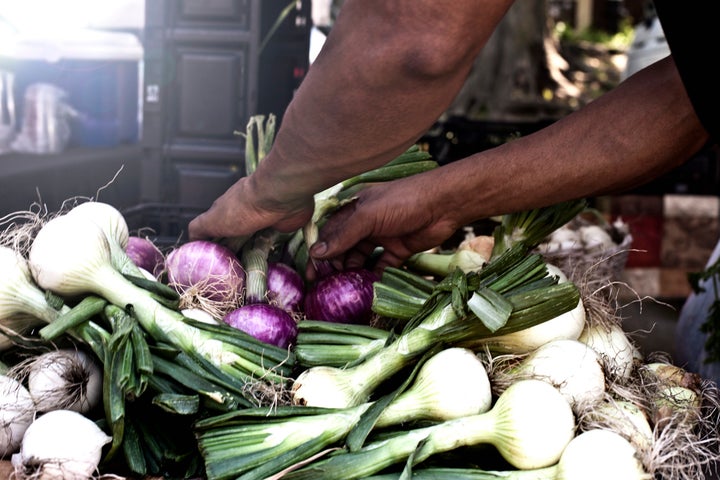
5. Grow Your Own
If you’ve got space in your garden, why not grow your own vegetables? Things like potatoes and carrots can be grown fairly easily in your back garden, meaning the only money you’re spending is on a packet of seeds and fertiliser.
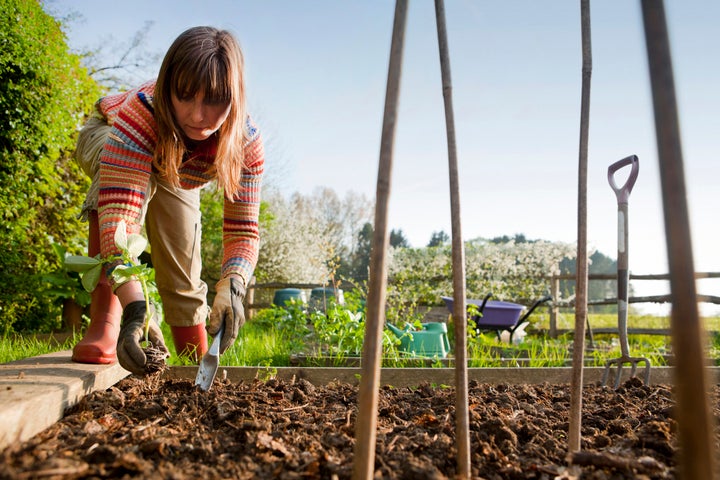
6. Prepare Meals In Bulk
Stirling-Reed recommends making use of all the food you buy by preparing vegetable soups and casseroles with left over ingredients.
“You can even freeze them to make them last longer,” she adds.
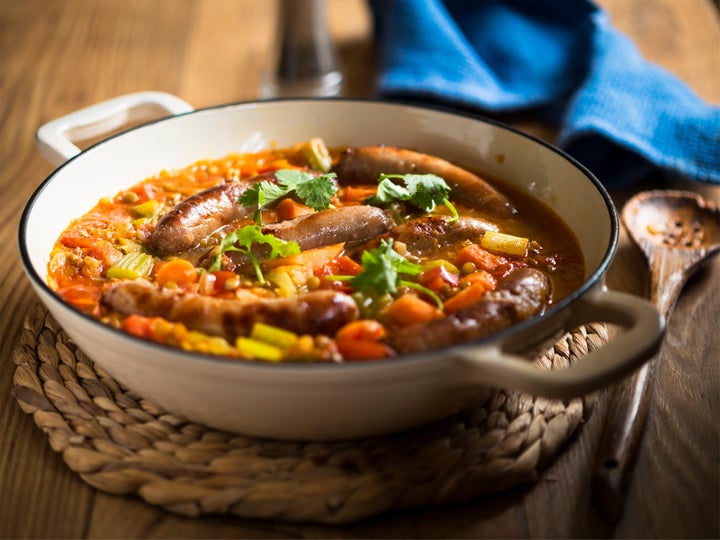
7. Don’t Be Fooled By Marketing
It can be easy to get swept up in marketing around “health-boosting” superfoods. But in reality, there are a lot of cheaper fruits and vegetables that have the same kind of benefits. Opt for these instead, says Stirling-Reed.
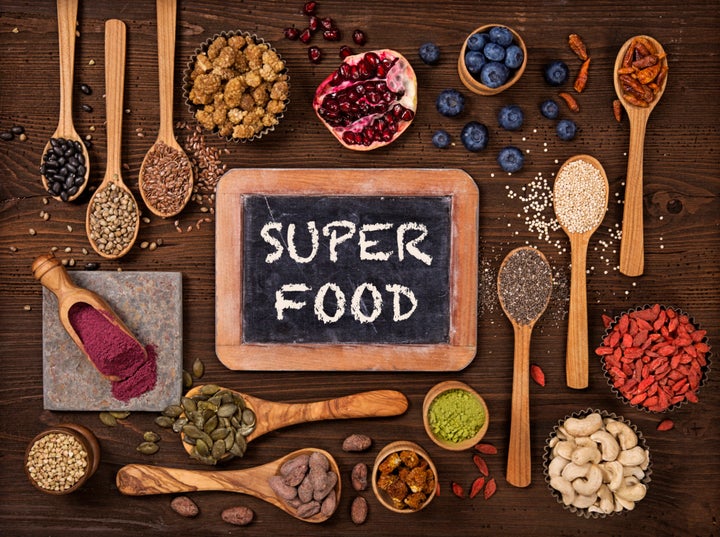
8. Buy Seasonal Fruit And Veg
A lot of the time, fruit and vegetables that are ‘in season’ are cheaper to buy - and often more nutrient dense too.

9. Swap Snacks For Fruit
“A single bag of crisps costs around 55p, in comparison to 45p for a kiwi or 12p for a banana,” says Stirling-Reed, so using your snack budget for healthier options will mean it goes further.

10. Avoid Pre-Chopped Or Pre-Packed Goods
If you’re looking to save pennies, buy loose vegetables rather than pre-packaged ones as these are often cheaper.
Additionally, avoid buying pre-chopped options - such as peeled oranges (snore) or pre-sliced avocado - as these often have a premium added.
